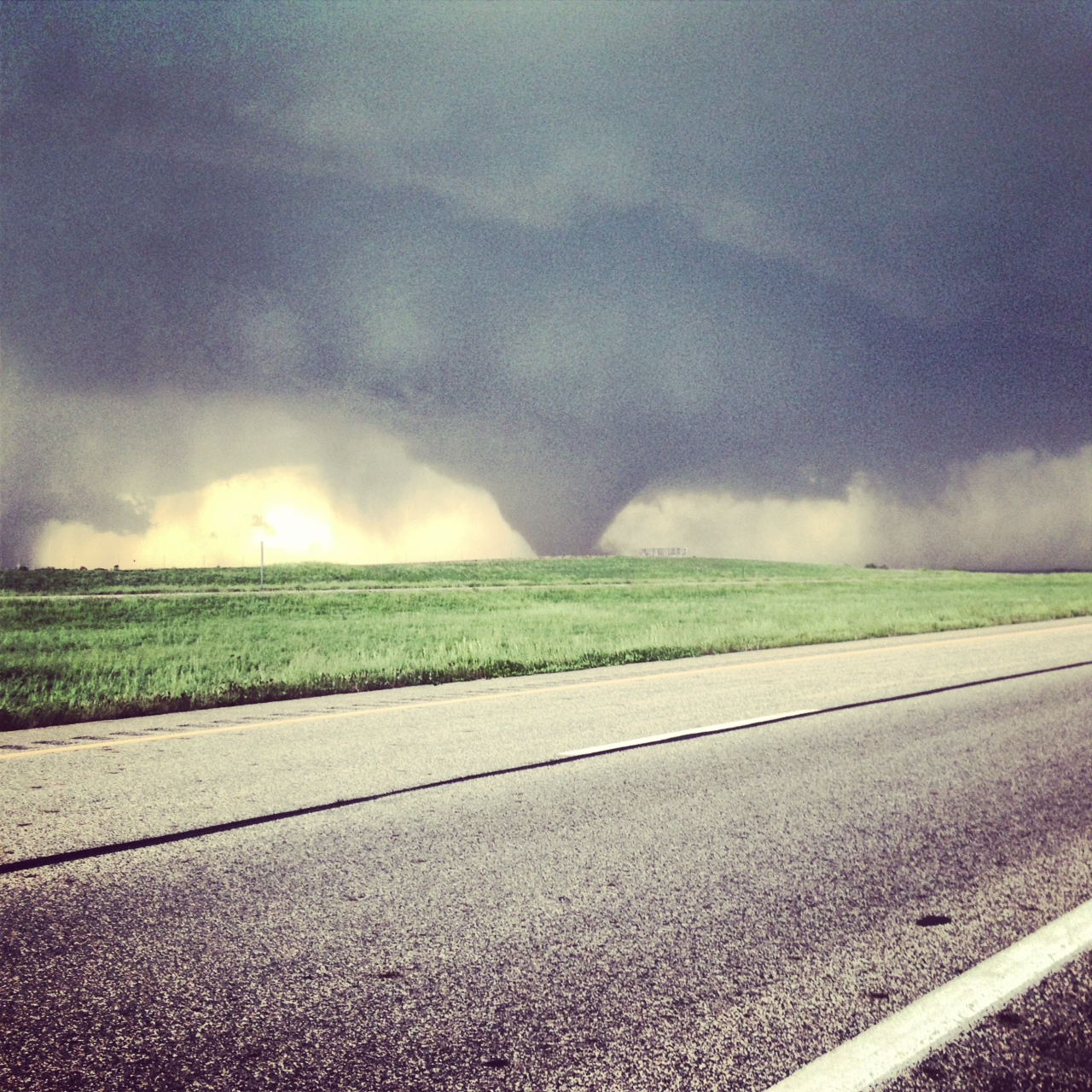
The Bennington Tornado, a catastrophic event that struck the community, left an unforgettable mark on its history. With its immense power, the tornado’s impact on the landscape and the lives of those affected continues to resonate today.
The tornado’s destructive path, its meteorological origins, and the lessons learned from its aftermath provide valuable insights into the nature of these formidable weather phenomena.
Bennington Tornado Overview
The Bennington tornado was a powerful and destructive tornado that struck the town of Bennington, Vermont, on August 28, 1973. The tornado was rated F4 on the Fujita scale, with winds estimated to have reached 200 miles per hour. The tornado caused extensive damage to the town, destroying or damaging over 200 buildings, including the town’s high school and several historic churches.
Impact of the Tornado
The Bennington tornado had a devastating impact on the community. In addition to the physical damage, the tornado also caused numerous injuries and fatalities. The tornado killed six people and injured over 100 others. The tornado also caused widespread power outages and disrupted communications in the area.
Statistics on the Tornado’s Path and Damage, Bennington tornado
The Bennington tornado traveled a path of approximately 10 miles, with a width of up to 1,000 feet. The tornado caused extensive damage to homes, businesses, and public buildings. The total cost of the damage was estimated to be in the millions of dollars.
Historical Context of the Bennington Tornado

The Bennington tornado was one of the most powerful tornadoes to strike Vermont in history. Prior to the Bennington tornado, the most recent F4 tornado to hit Vermont was the Montpelier tornado of 1927. The Bennington tornado was also the first F4 tornado to strike Vermont since the state began keeping official tornado records in 1950.
Comparison to Other Significant Tornadoes in the Region
The Bennington tornado was comparable in strength to other significant tornadoes that have struck the region. The tornado was similar in intensity to the Worcester tornado of 1953, which killed 94 people and injured over 1,000 others. The Bennington tornado was also similar in size to the Hamden tornado of 1989, which killed one person and injured 50 others.
Factors that Contributed to the Severity of the Bennington Tornado
Several factors contributed to the severity of the Bennington tornado. The tornado formed in an area with strong wind shear, which helped to create a rotating updraft. The tornado also formed in an area with high levels of instability, which provided the energy needed to sustain the tornado.
Closing Notes: Bennington Tornado

The Bennington Tornado serves as a stark reminder of the destructive force of nature and the importance of preparedness. By understanding the science behind tornadoes and implementing effective warning systems, we can mitigate their impact and protect our communities from future devastation.
FAQ Summary
What was the strength of the Bennington Tornado?
The Bennington Tornado was rated as an EF4 on the Enhanced Fujita Scale, with winds estimated at up to 170 mph.
How many people were injured or killed in the Bennington Tornado?
Miraculously, there were no fatalities or serious injuries reported during the Bennington Tornado.
What measures have been taken to prevent future tornadoes in the Bennington area?
Since the Bennington Tornado, local authorities have implemented enhanced tornado warning systems, conducted community preparedness drills, and promoted public education campaigns.





